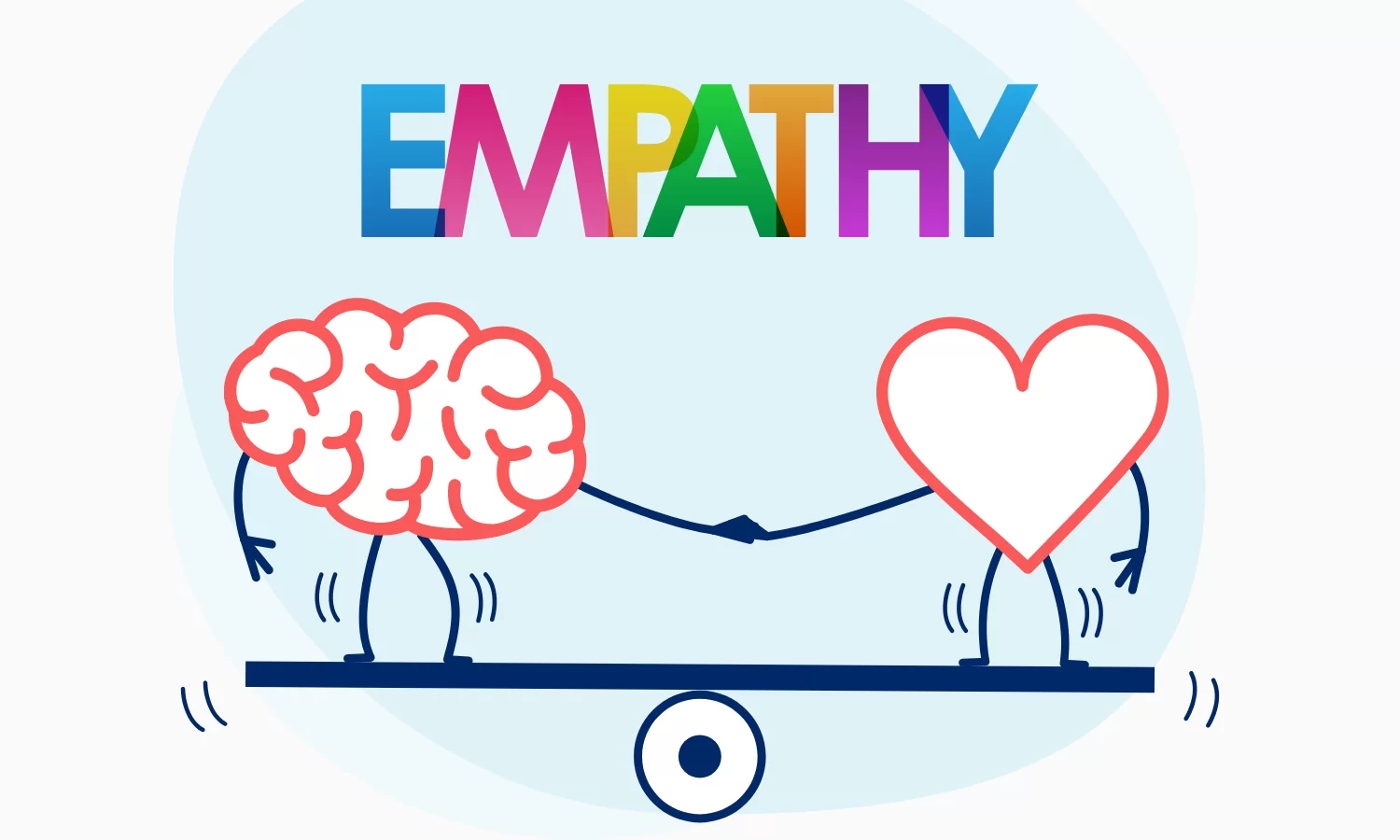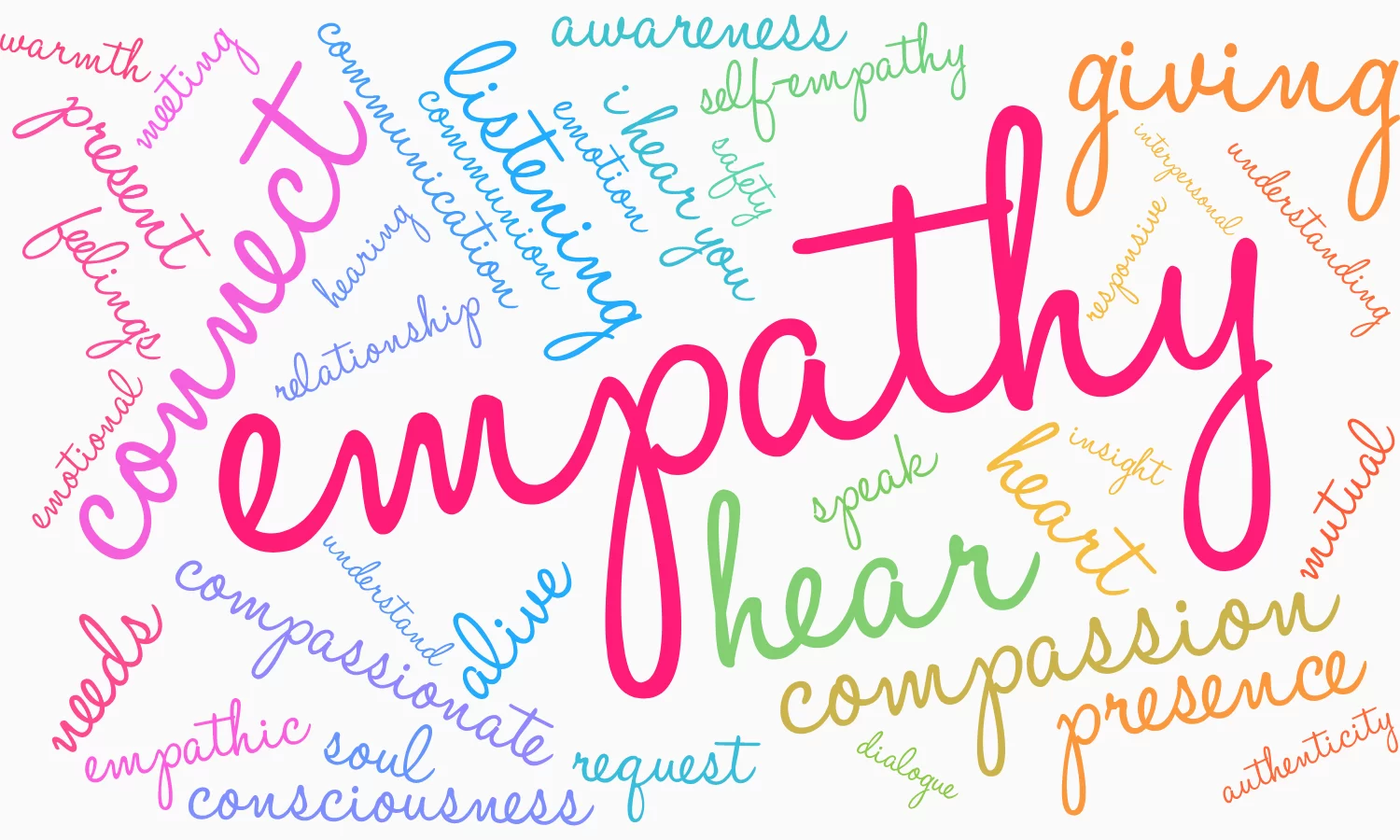Empathy in the Workplace: Leading with Core Values
Fostering a Positive Work Environment Through Empathetic Leadership
The Power of Empathy: Enhancing Leadership and Collaboration in the Workplace
As we look forward to the change in seasons, vaccines, and advancing our personal and professional goals, we must take stock of the changes to our work situations, environment, and teams, including examining how we approach each other and our teams.
I recently hosted a gathering of our USEReady global team to discuss the opportunities ahead and consider the power of empathy in the workplace. Empathy is the ability to understand another person’s emotional reaction; further, it’s the ability to not only understand another response but also anticipate it. According to Daniel Goleman in his thoughts on Emotional Intelligence, empathy can only be possible when someone has achieved self-awareness—as one cannot understand others until they know themselves (Goleman, 1995).
Understanding the Role of Empathy in Leadership
Implementing Empathy as a Core Value in Your Organization
Cultivating Empathy: Strategies for Building a Supportive Work Culture
Empathetic Leadership in Action: Real-world Examples and Success Stories

Understanding another person’s emotional reaction is critical for today’s collaborative work environments and preserving or enhancing current work locations, which for many of us is home. Recognizing and understanding emotions is a crucial aspect of empathy. To do this, it is only possible when one has achieved self-awareness, an essential component of Emotional Intelligence (Goleman, 1995). The notion of self-awareness stresses plainly states one cannot understand others until they know themselves. Empathy requires emotional maturity to be perceptive of another person’s emotions, take an active interest in their concerns, be proactive, anticipate another person’s needs, and provide an appropriate reaction. Self-awareness is its simplest terms, is unselfish.
The Benefits of Empathy for Employee Engagement and Retention
Overcoming Challenges: Nurturing Empathy in a Remote Work Environment
Empathy Training and Development: Investing in Leadership Skills
Creating a Culture of Empathy: Practical Tips for Leaders and Managers
In today’s environment, empathy is expected in the workforce.
Shifting workplace dynamics and an ever-growing need for empathy are primarily driven by technology, which speeds up processes and blurs boundaries between work and personal time. The global pandemic has moved many knowledge workers from an office with coworkers to working from home; once a privilege to work from home, often thought of as an entitlement, has become a requirement. And the boundaries between work and everything else have never been so intertwined. Work has become less linear and predictable; we are dealing with more fluid, iterative projects, which compounds the need for effective collaboration, which starts with feeling that we are in a safe, accepting environment. Our families need us, our clients and coworkers need us; how do we make sense in a world of ongoing change.
The importance of empathy in the workplace has never been more apparent.
When leaders and managers listen using empathy, they listen to more than just the conversation; they are listening to understand what the person is thinking or feeling without preconceived decisions or expected outcomes. When someone is empathetic, the other who is speaking feel valued.
When people feel valued, they feel safe and feel like they matter, giving them the freedom to be themselves and perform their highest potential. When individuals can empathize with colleagues using empathy, a culture of trust, respect, and loyalty are created. As tiresome as it may have gotten, flip on the video camera and connect with your team, your coworkers… and maybe even a family member or friend. Connecting and listening are essential components of empathy.

Why is empathy so important?
An empathetic workplace equals an engaged workforce, and that translates to business success. When people feel understood, they’re more receptive to others’ concerns—and team cohesion and collaboration follow. They’re also more likely to take risks, believing that they’ll be supported rather than punished if they fail. When people don’t feel understood or cared for, they tend to pull back, and thus, your team is not getting their best efforts.
Simple steps to being empathetic.
Three simple steps to improving your empathy in the workplace. (PAL)
(Be) Present. Put away your phone or other devices, and focus on the person and topic; if you have a few items to cover, share the list and ensure that essential things are covered.
Ask open-ended questions. We all remember what happens when we assume, ask questions to ensure clarity, get at what’s essential to the other person, and then come back with other points.
Listen. This might mean starting a meeting, call, or video conference with a “two-minute drill,” or “one word to describe how people are feeling,” a “check-in” with a specific allotted amount of time but time to express oneself.
Finally, as we reach another milestone with the global pandemic and many of us continue to work from home, video meetings take on another level of importance. Shifting from call after call to online video conference calls to support connection and hearing – really listening – for the messaging is likely one of the most impactful things you can do with your team immediately. Consider making a day or two a week “team video” days, and ask that everyone be on camera and commit to moving ahead with empathy.
I am listening! And value your feedback. So, please reach out to me and share your thoughts.
At USEReady, we forge our values as we work to forward understanding through listening and through visualization. Our commitment to the quality of employee development, engagement, and career progression depends on our sole ability to strengthen relationships, one conversation at a time.
Our values may align to yours, Fanatical Customer Centricity, Integrity, Humility, Community and Continuous Improvement. At USEReady, we are committed to serving our customers and our team members.
Learn more about USEReady and how we can help your business achieve its goals.
Reference:
Goleman, D. (1995). Emotional intelligence. Bantam Books.











 Media Coverage
Media Coverage Press Release
Press Release
